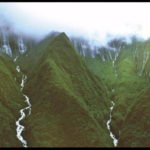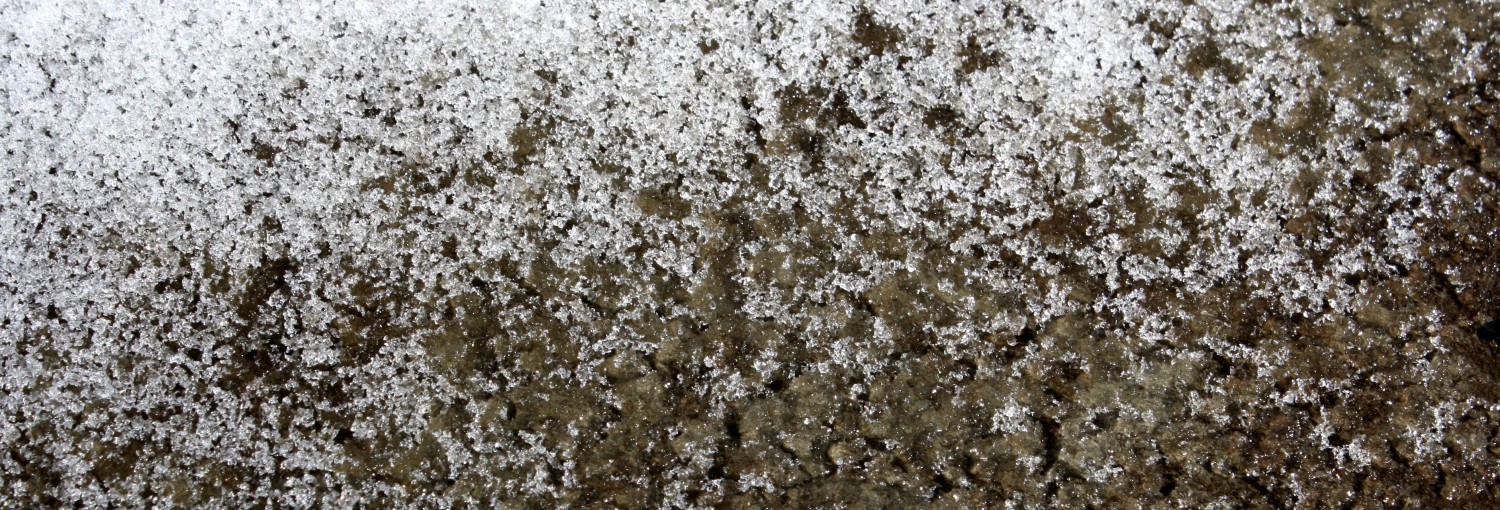 Our research article was featured in US EPA Climate Change and Water News (August 31, 2016).
Our research article was featured in US EPA Climate Change and Water News (August 31, 2016).
Current snow monitoring networks may not be representative of basin-scale distributions of snow water equivalent (SWE), especially in areas where forests and snowpacks are changing. To address this issue, researchers conducted a study to determine the key physiographic drivers of SWE; classify the landscape based on those physiographic drivers; and use that classification to identify a parsimonious set of monitoring sites in a forested watershed in the western Oregon Cascades mountain range.
Gleason, K. E., Nolin, A. W., and Roth, T. R.: Developing a representative snow monitoring network in a forested mountain watershed, Hydrol. Earth Syst. Sci. Discuss., doi:10.5194/hess-2016-317, in review, 2016.
